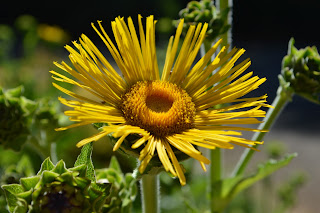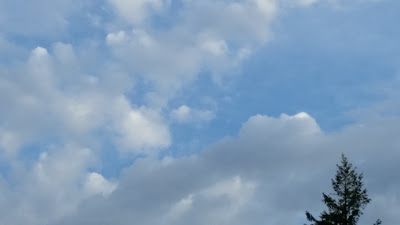Wetland Conservation Projects Granted Funds
Wetlands reduce the impacts of flooding, provided wildlife habitat, recharge groundwater, and provide areas for recreation and educational opportunities. On July 20, the USDA Natural Resources Conservation Service announced that wetland reserve easement projects in seven states will receive $15 million from the Wetland Reserve Enhancement Partnership (WREP) and project partners. ($13 million from the WREP and $2 million from project partners). The funds go to high-priority watershed projects in Arkansas, Georgia, Kentucky, Louisiana, Mississippi, Missouri, and Tennessee. Over 25,000 acres of these critical watersheds will receive assistance to protect, enhance, or restore agricultural land into wetland reserves. What does this mean? Landowners register their wetland with the NRCS. The NRCS then purchases a wetland reserve easement through which the NRCS provides financial and technical support for wetland restoration. The wetland reserve easement gives permission to the NRCS to de...


